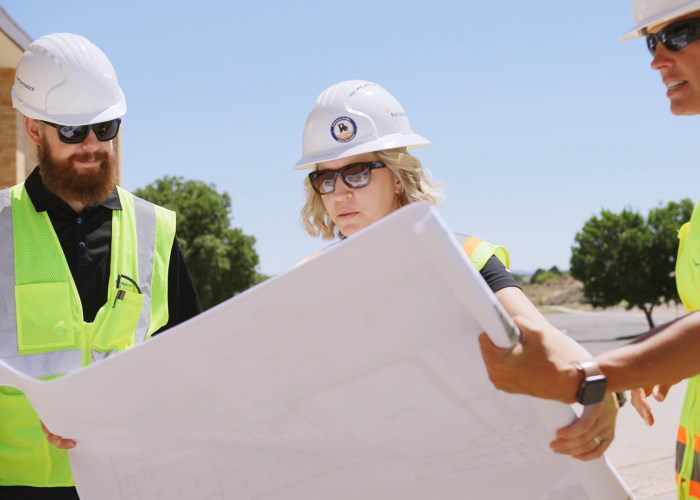What to consider when planning around a shorter summer break.
School districts around the nation have transitioned to balanced school calendars with the mindset that students, parents, and staff members will all benefit. A balanced calendar essentially means that breaks in the school year are shorter and more frequent, which in turn stabilizes student learning throughout the year. While the school calendar will maintain the required number of days mandated by state law, consistent, shortened breaks can help retention and academic performance.
According to a 2015 study by The Statistic Brain Research Institute, the implementation of balanced calendar has increased fivefold since 1987. The study goes on to state the total percentage of public school children enrolled in a balanced calendar school reached 10% with over 3,100 schools nationwide. Generally speaking, students with year-round schedules have the propensity for higher test scores and lower dropout rates.
There are many advantages for the school district, but how does it affect summer construction projects? In the past, most renovation work for a district would be completed in that extended summer break. What happens when there is less time for major facility renovations? As the times change, construction and engineering firms must continue to adapt. Planning for fast track summer projects must evolve as well. Here’s how to ensure an on-time and on-budget project with a shortened summer schedule.
Creating the Proposal Lead Time
One of the major hurdles created by a balanced calendar stems from the lack of lead time available throughout the project. This applies to a number of construction factors like development of designs, equipment lead times, and coordinating contractor schedules.
Building in the appropriate amount of time for planning could be the difference between a rushed, sloppy job and a successful, on-time project. In order to complete a project in the short summer break, the Request for Proposal (RFP) and selection process should be finalized in December of the previous year or sometime in January. At the very latest, a qualified provider should be selected by March in the year of the project.
Case Study
Daleville Community Schools (Daleville, IN) adopted a balanced calendar for the 2014-2015 school year. In order to create the appropriate planning time for their energy-focused renovation project, their RFP was due at the end of December with a selection before the end of January. This forward thinking allowed the demolition of boilers during spring break, saving valuable construction time for the upcoming summer.
Instead of the normal 12 – 14 week summer, Daleville only had seven weeks to get their work completed before students began arriving for the new school year. Superintendent Paul Garrison commented on the challenges presented by the balanced schedule and the impending facility renovations. “We spent almost two years in planning to be ready when the financial opportunity arose from a bond debt being paid off. With the proper timing, our chosen provider would have enough time to have equipment ordered and on hand when the project could get rolling at the end of our student year.”
Without the insight to get started on the RFP process early on, the lack of necessary lead time could have impaired the project. Daleville Community Schools finished their project on-time and on-budget. They are projected to save $227,496 a year in energy and operational savings.
Coordination is Key
Another important factor for construction projects on a balanced calendar is the high level of team coordination. Effective communication between an owner and the qualified provider is essential, as well as coordination with subcontractors. Consistent communication is crucial as it’s used to keep everyone on the same page throughout the duration of the project.
At Daleville there were weekly progress meetings where the owner and construction team would sit down to discuss project developments and confirm schedules. This level of attention during vital months of the project kept the construction team working efficiently. On an already shortened summer, there was little room for scheduling error, which made communication invaluable for any issues that arose.

“Project coordination was key in making it possible for us to have enough flexibility in our schedule to deal with an unexpected week of snow make-up days that were added to our calendar.”
superintendent, daleville community schools
The coordination with contractors is a much more tangible issue. Getting accurate and fair pricing comes down to timing, especially if the RFP requires multiple bids for each item in the budget. If any lead time is limited, the school district can risk losing the competitive nature of the bid process due to the lack of respondents. This can lead to inflation in the project price, or even worse, a lower quality result.
When all is said and done, major facility construction projects, including full mechanical renovations like at Daleville, can be successfully completed on a balanced calendar with the proper preparation and planning. By understanding the design and construction process behind these renovation projects and learning from the experience of others, School districts achieve fast track summer renovation projects on budget and before the start of school.
Meet the Author





